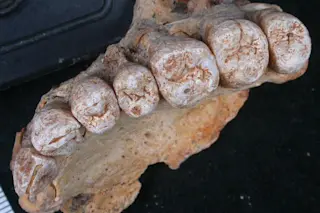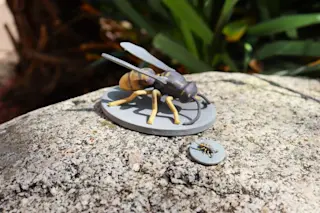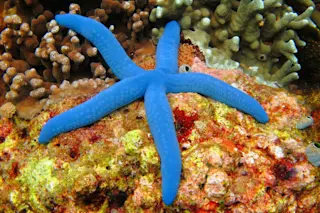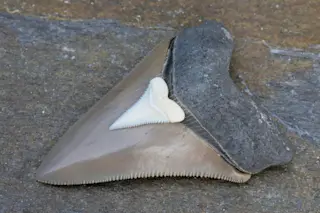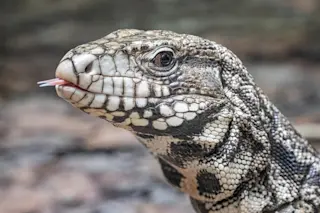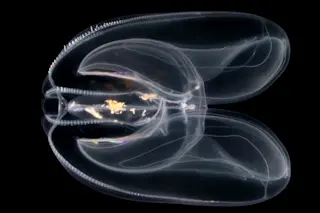Time keeps marching on…backwards, at least when it comes to telling the story of human evolution and migration. The oldest human fossils found outside of Africa suggest our species may have left that continent 200,000 years ago.
You may recall that 2017 was the year that the conventional timeline for human evolution and migration finally toppled thanks to overwhelming archaeological and paleogenetic evidence. Our species is much older, and left its ancestral continent of Africa much earlier, than we previously thought. But a month after leading paleoanthropologists formally called for a rewrite of the timeline for humans leaving Africa, a stunning find in Israel pushes the revised date back even further.
Last year, 300,000-year-old fossils from Jebel Irhoud, Morocco, proved that Homo sapiens evolved at least 100,000 years earlier than conventionally thought. The Moroccan fossils, along with somewhat younger finds at the Ethiopian sites Herto and Omo Kibish, crushed the ...


